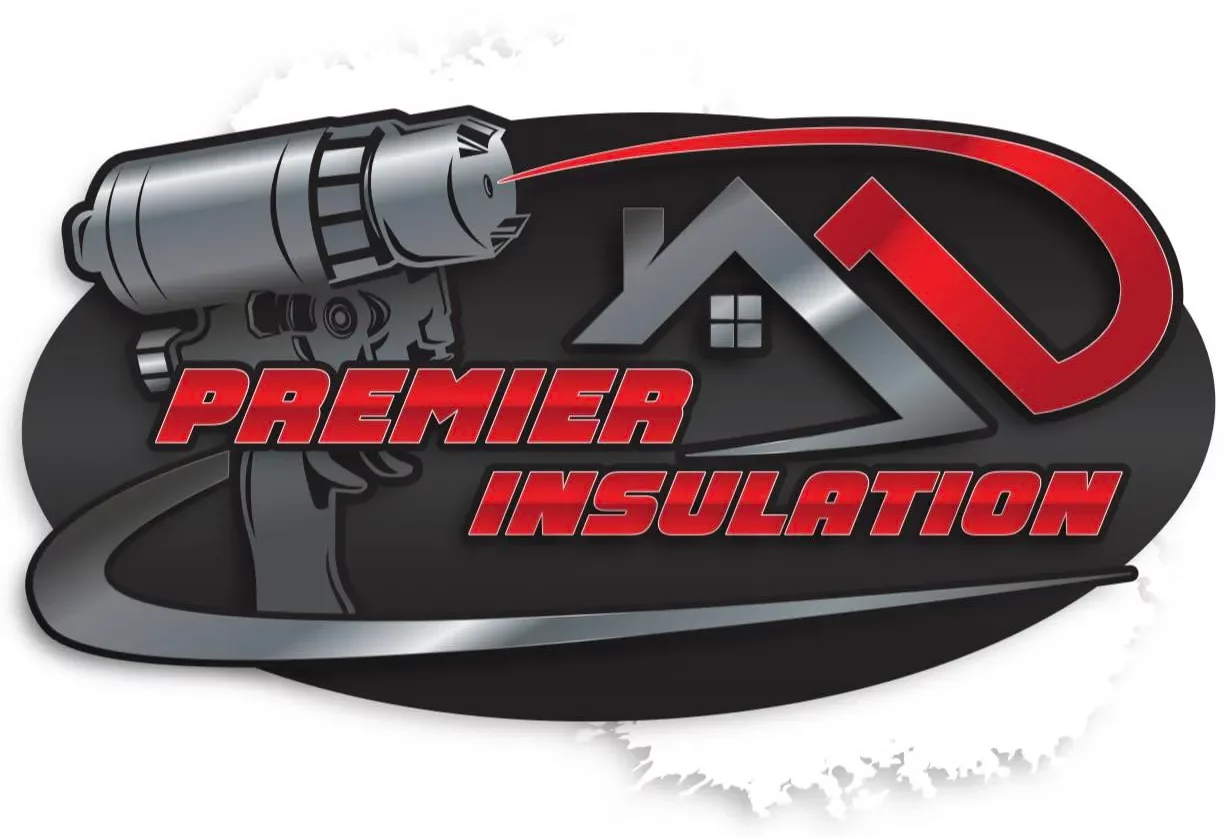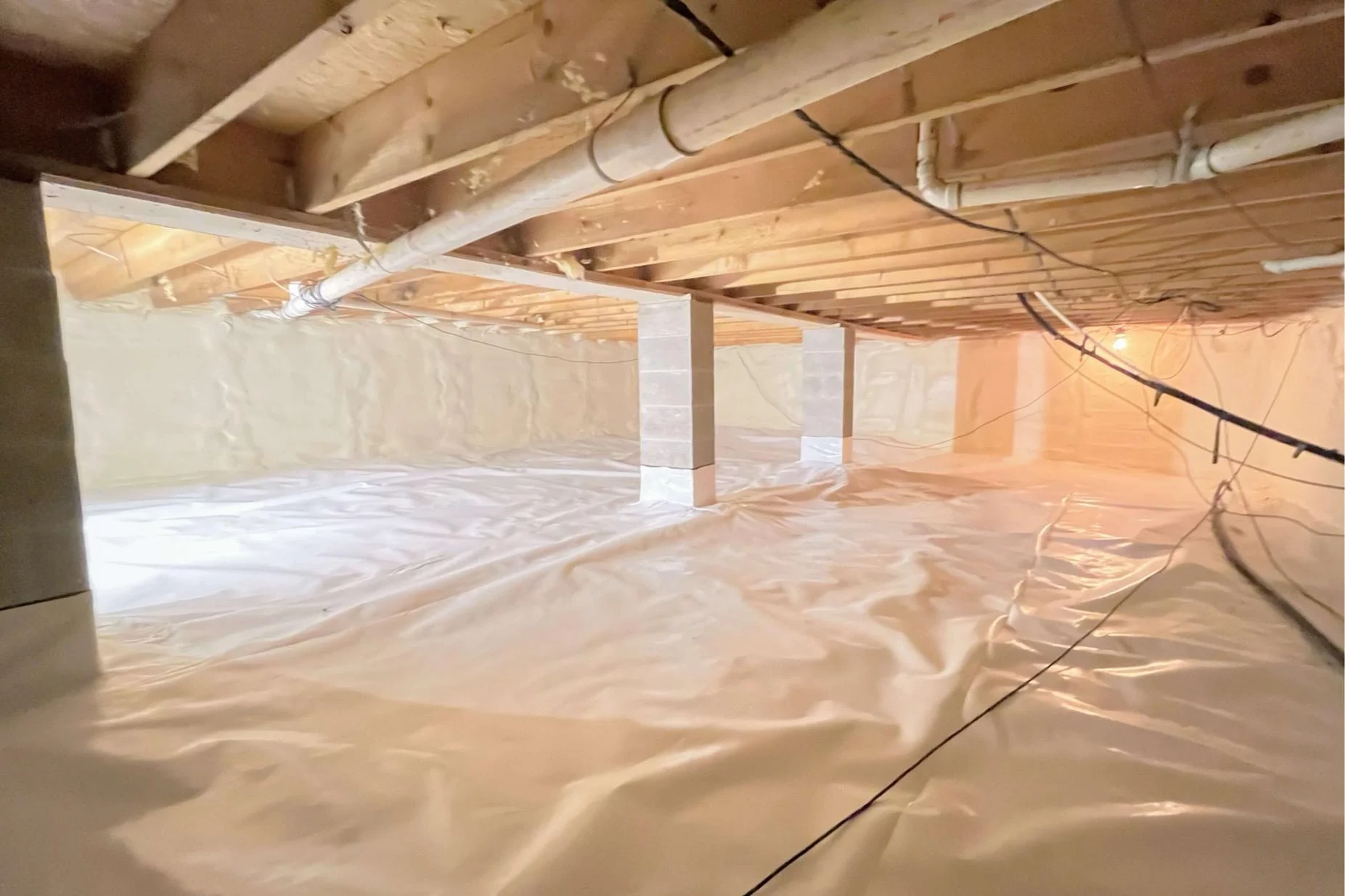Why Sealing Crawl Spaces Matters
Grady County homes often face persistent pest issues. The humid climate, older foundations, and open crawl spaces create an ideal environment for rodents, insects, and moisture-related problems. Crawl space encapsulation is a method that seals off these areas, reducing conditions that attract pests and allowing for better home maintenance over time.
Encapsulation isn’t only about pest control. It improves air quality, reduces energy use, and prevents structural damage. But for many homeowners, keeping pests out is the most immediate and visible benefit.
Understanding Crawl Space Encapsulation
Crawl space encapsulation involves installing a durable vapor barrier across the floor and walls of the crawl space. Seams are taped, vents are sealed, and sometimes a dehumidifier is added. The goal is to separate the crawl space from the external environment entirely.
In homes with vented crawl spaces, outside air and moisture often enter freely. This can lead to standing water, mold, and the presence of pests such as termites, spiders, ants, and mice. By sealing the crawl space, homeowners eliminate many of the reasons pests enter in the first place.
Encapsulation also makes the space less appealing to pests by stabilizing temperature and lowering humidity, two factors that contribute to pest nesting and breeding.
How Moisture Attracts Infestations
Unsealed crawl spaces often have high humidity levels. Moist wood and insulation become perfect nesting sites for pests. Termites are especially drawn to damp wood, and cockroaches thrive in humid environments. Silverfish, earwigs, and centipedes also prefer moist, dark spaces.
Water may enter the crawl space through open vents, foundation cracks, or poor drainage. Once inside, it raises the relative humidity and may lead to condensation. Encapsulation reduces the likelihood of these issues by creating a physical barrier that blocks external moisture and stabilizes internal conditions.
Entry Points and How Encapsulation Closes Them Off
Pests usually enter crawl spaces through gaps in the foundation, unsealed vents, torn insulation, and pipe penetrations. Without a barrier, there’s little stopping them from moving freely between the soil and your home’s subfloor.
Encapsulation addresses this by:
- Sealing foundation vents and cracks
- Covering the ground with a thick vapor barrier
- Taping seams to prevent movement
- Insulating walls to eliminate temperature swings
- Installing a dehumidifier, where needed, to keep humidity below 60%
These actions reduce the availability of shelter and eliminate common access points, making infestations far less likely.
Real-World Pest Control Benefits
Encapsulated crawl spaces in Grady County have shown reduced occurrences of:
- Rodents (mice and rats)
- Cockroaches
- Termites
- Ants
- Spiders
- Wood-destroying beetles
Homeowners often report fewer pest sightings and less damage to structural wood and insulation. Pest control services in the area also see reduced call volume after encapsulation, indicating long-term benefits.
Many pest control providers recommend encapsulation as a preventive measure rather than treating symptoms repeatedly.
Indoor Air Quality and Pest Allergens
Many airborne allergens from pests originate in crawl spaces and move upward through the home. These include waste from rodents, dead insects, and mold spores linked to pest activity.
Encapsulation helps contain these contaminants. By controlling humidity and sealing off access points, the conditions pests rely on for survival diminish. Cleaner air and reduced pest allergens are an added benefit, especially for households with children, seniors, or allergy-prone individuals.
Energy Efficiency and Structural Integrity
A secondary benefit of crawl space encapsulation is improved energy efficiency. Homes with sealed crawl spaces often require less energy for heating and cooling. This is because the insulation helps maintain stable temperatures and prevents outside air from affecting HVAC performance.
More stable humidity also prevents wood rot and insulation breakdown. Insects such as carpenter ants and termites are less likely to infest sound, dry wood. Over time, this improves the structural reliability of the home.
Local Insights: Grady County Conditions
Grady County’s warm, humid climate increases the risk of crawl space moisture buildup. Combined with older homes and traditional vented crawl spaces, the area is particularly prone to pest infestations.
Soil conditions and frequent rainfall add to the challenge, making encapsulation one of the more effective long-term solutions for local homeowners.
Residents in Cairo, Whigham, and nearby communities have reported strong results from professional encapsulation, with fewer pest-related service calls and improved indoor conditions.
Looking to Prevent Pest Problems at the Source?
Crawl space encapsulation can reduce pest infestations and help protect your Grady County home from long-term damage. If you’re dealing with recurring pests or moisture issues, this solution may offer permanent relief.
To find out what encapsulation could do for your home, contact Premier Insulation at (229) 554-3939 or email premiereinsulationga@gmail.com.
Final Thoughts
Crawl space encapsulation is one of the most effective ways to manage pest risks, especially in humid climates like Grady County. It addresses the core conditions that attract and support infestations while offering energy savings and better air quality.
To learn more or schedule a consultation, contact Premier Insulation at (229) 554-3939 or email premiereinsulationga@gmail.com.
FAQs
How much does crawl space encapsulation cost in Grady County?
Most projects range between $4,000 to $12,000 depending on size, materials used, and moisture level. Homes with standing water or structural repairs may fall at the higher end.
Will it stop all pests from entering my home?
It reduces the chance significantly but should be paired with regular exterior pest control and sealing around the foundation.
Do I still need pest control after encapsulation?
Yes, though frequency may decrease. Regular inspections are still recommended.
Can I encapsulate a crawl space myself?
It’s possible for small, dry spaces, but larger or humid areas usually require professional tools and expertise.
How long does encapsulation last?
When properly installed, a vapor barrier can last 20+ years. Periodic inspection is advised to check for damage.
Does encapsulation raise home value?
Yes. It makes homes more attractive to buyers by improving energy efficiency, indoor air quality, and pest protection.
How long does installation take?
Most encapsulations take 2 to 4 days, depending on the size and any pre-existing issues.
What kind of maintenance is needed?
Check vapor barriers and dehumidifiers annually. Make sure there are no new leaks or damage.
Will it help with mold problems?
Yes. By lowering humidity, it helps prevent mold growth. Existing mold should be removed before sealing.
Are there rebates or tax incentives?
Sometimes. Energy-efficient upgrades like encapsulation may qualify for local or federal programs. Check with a contractor or tax advisor.


